As the sun sets and the sky darkens, a sudden flash of lightning illuminates the horizon, followed by the deep rumble of thunder. If you’re tucked up in your cosy bell tent, you might find yourself wondering, “Is this safe?” It’s a valid concern—one that many outdoor enthusiasts have when camping in unpredictable weather.
At Boho Bell Tent, we love the magic of sleeping under the stars, but we also prioritise safety. In this guide, we’ll break down everything you need to know about staying safe in a bell tent during a thunderstorm, so you can enjoy your glamping experience with peace of mind.
Understanding the Risks
Bell tents are stunning, spacious, and incredibly comfortable, but they do come with certain risks in stormy conditions. Here’s why:
• Metal Poles & Conductivity: The central pole and structural components of a bell tent are typically made of metal, which can conduct electricity if lightning strikes nearby.
• Fabric Limitations: While bell tents are water-resistant, heavy rain and strong winds can still lead to leaks, drafts, and an uncomfortable stay.
• Location Matters: If your tent is pitched on high ground or near tall trees, it may be at greater risk of attracting lightning.
The good news? With the right precautions, you can minimise these risks and ensure a safe and enjoyable glamping experience.
How to Prepare for a Thunderstorm in a Bell Tent
1. Check the Weather Forecast
Before setting off on your glamping adventure, always check the local weather forecast. If thunderstorms are predicted, consider postponing your trip or opting for alternative accommodation.
2. Choose Your Campsite Wisely
• Avoid high ground, open fields, and hilltops, as these increase the likelihood of a lightning strike.
• Stay away from isolated trees or tall objects—lightning is more likely to strike the tallest point in an area.
• Look for lower, sheltered spots, but avoid areas prone to flooding.
3. Unplug & Disconnect Electronics
If you have chargers, power banks, or other electronic devices inside your tent, unplug them before the storm hits. This reduces the risk of electrical surges and damage to your equipment.
4. Have a Backup Plan
If the forecast predicts severe storms, have an emergency plan in place. Know the location of the nearest solid shelter, such as a car, cabin, or campsite facility, in case you need to relocate.
What to Do If a Storm Hits While You’re in Your Bell Tent
Even with careful planning, a thunderstorm may catch you off guard. Here’s how to stay safe if you find yourself in a bell tent during a storm:
1. Avoid Contact with Metal
Try to avoid touching the tent’s metal poles, zippers, buckles, or wet fabric during a storm, as these can conduct electricity.
2. Crouch Low, But Don’t Lie Down
If you notice your hair standing on end or hear a buzzing sound—signs that lightning may be about to strike—crouch low with your feet together. This minimises contact with the ground and reduces the risk of a direct strike. However, do not lie flat, as this increases your surface area and risk of electrocution.
3. Wait It Out
After the storm passes, wait at least 30 minutes after the last thunderclap before stepping outside. Lightning can strike up to 10 miles away from the storm, so it’s best to err on the side of caution.
Glamping Safely in All Weather
At Boho Bell Tent, we believe that nature should be embraced with a mix of adventure and preparation. While thunderstorms can be daunting, taking the right precautions ensures you can still enjoy the great outdoors safely.
So, pack your bags, pitch your bell tent, and explore the beauty of nature—just remember to keep an eye on the sky!


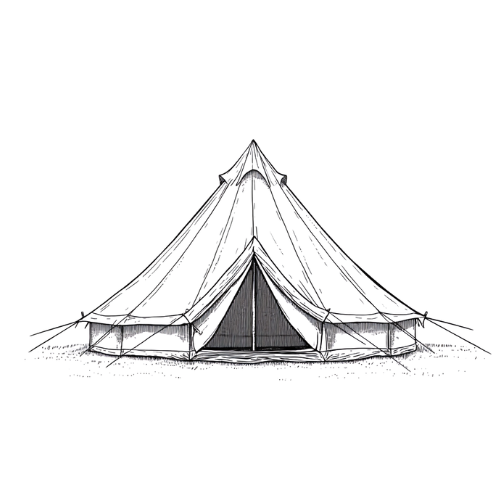 Canvas Bell Tents
Canvas Bell Tents Bell Tent Accessories
Bell Tent Accessories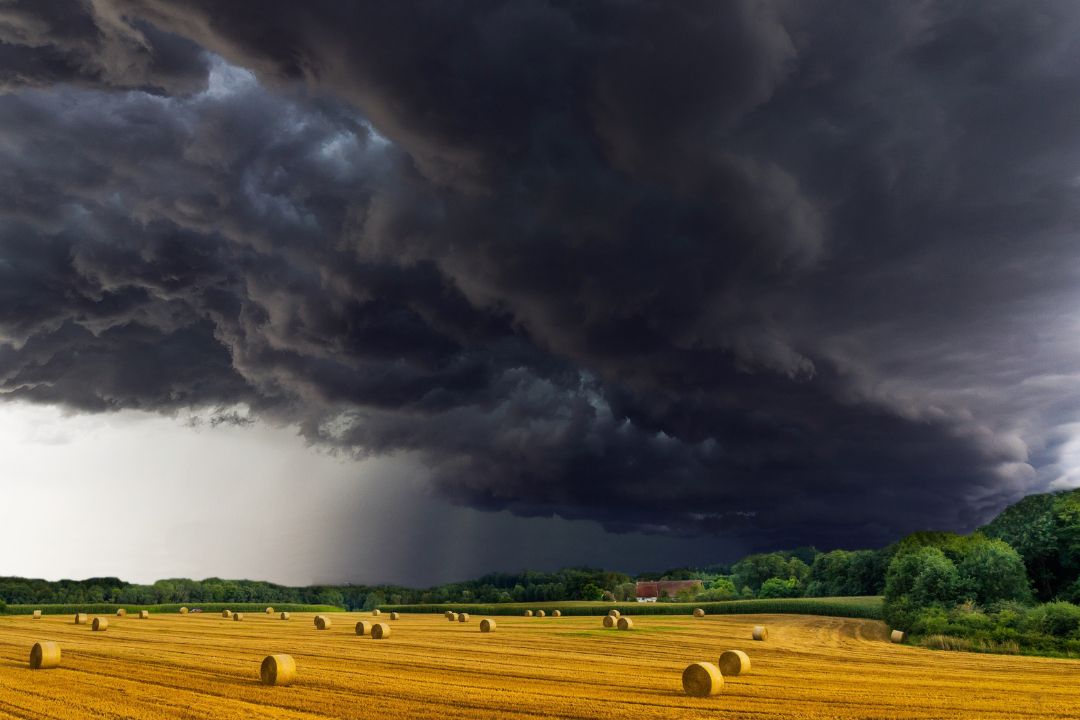
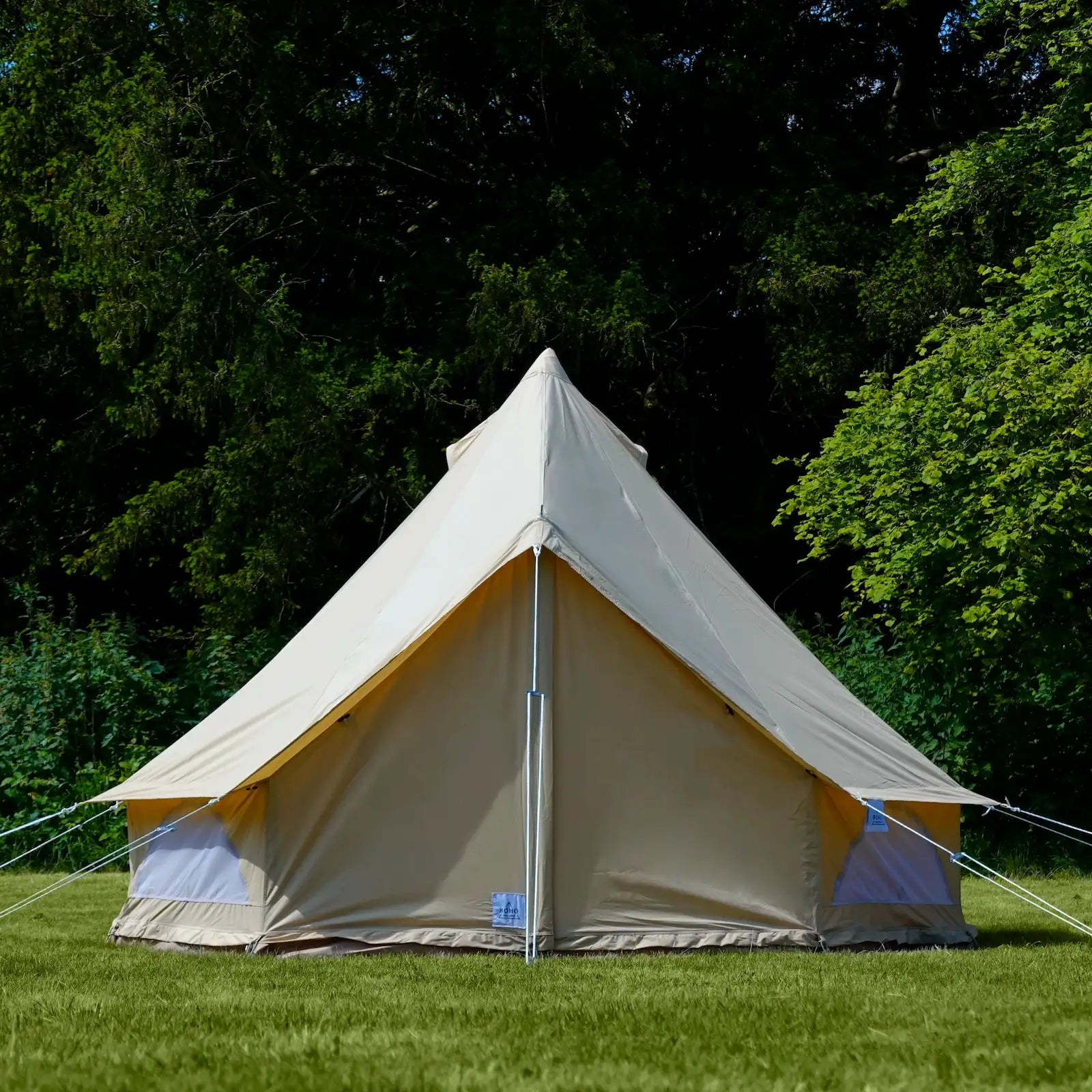

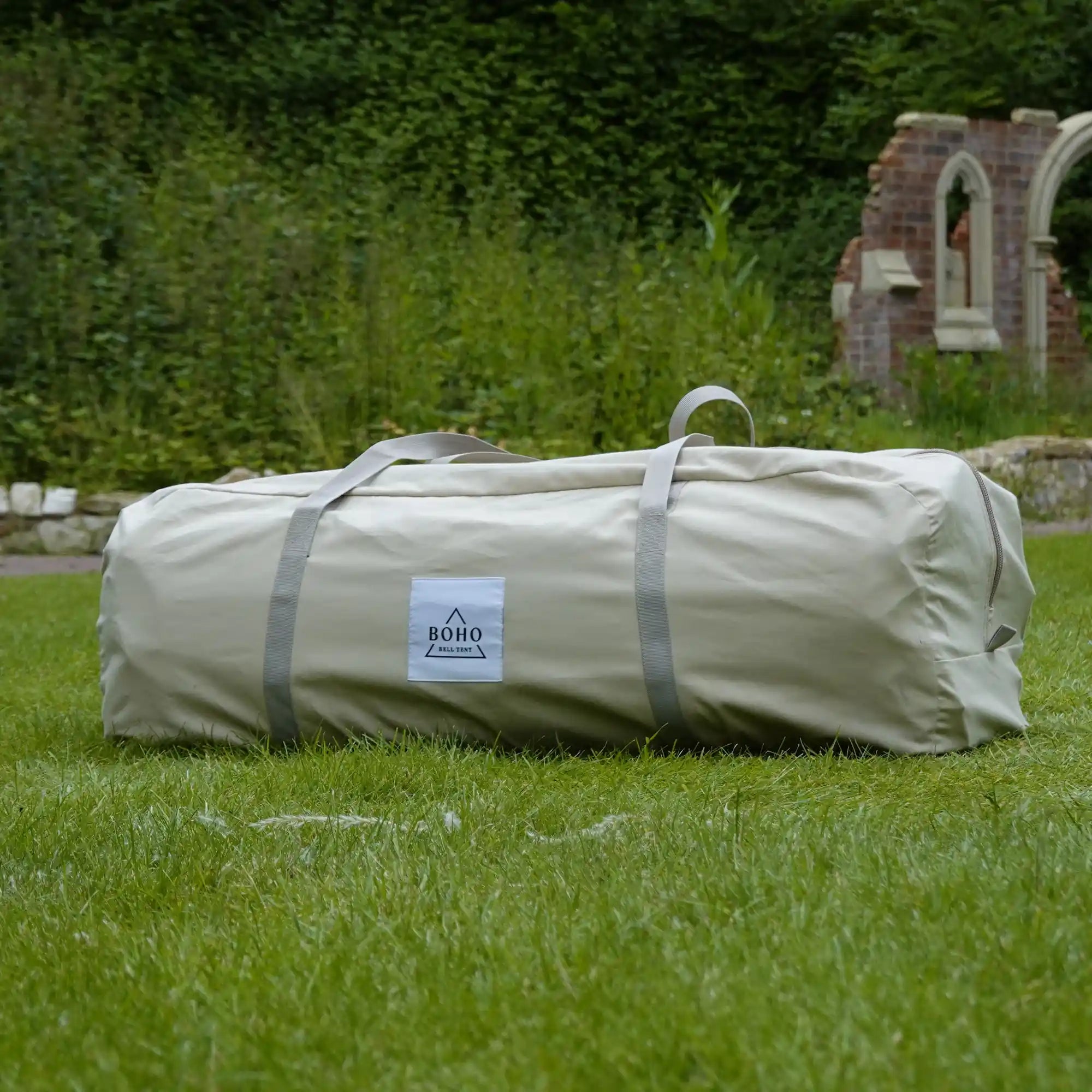
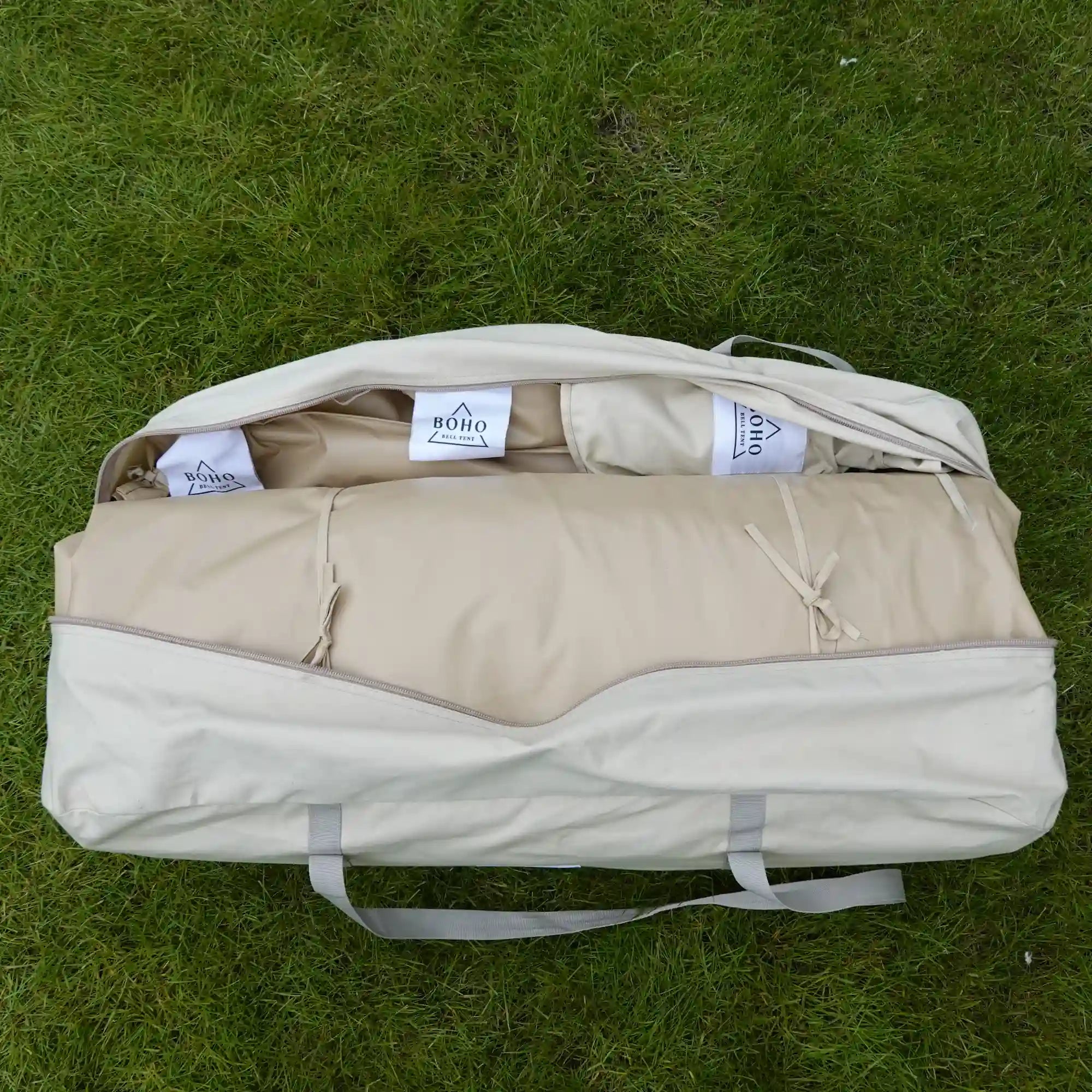
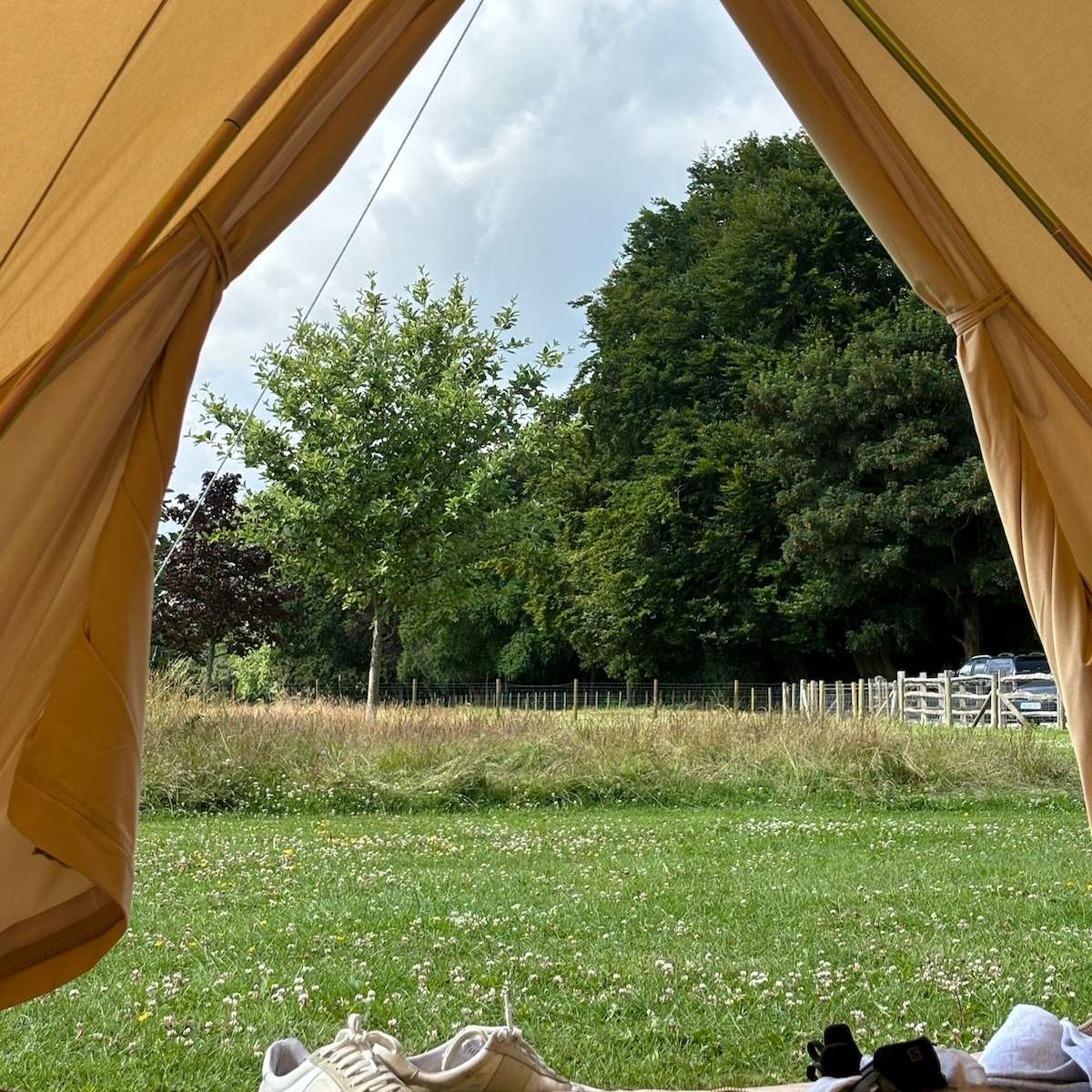
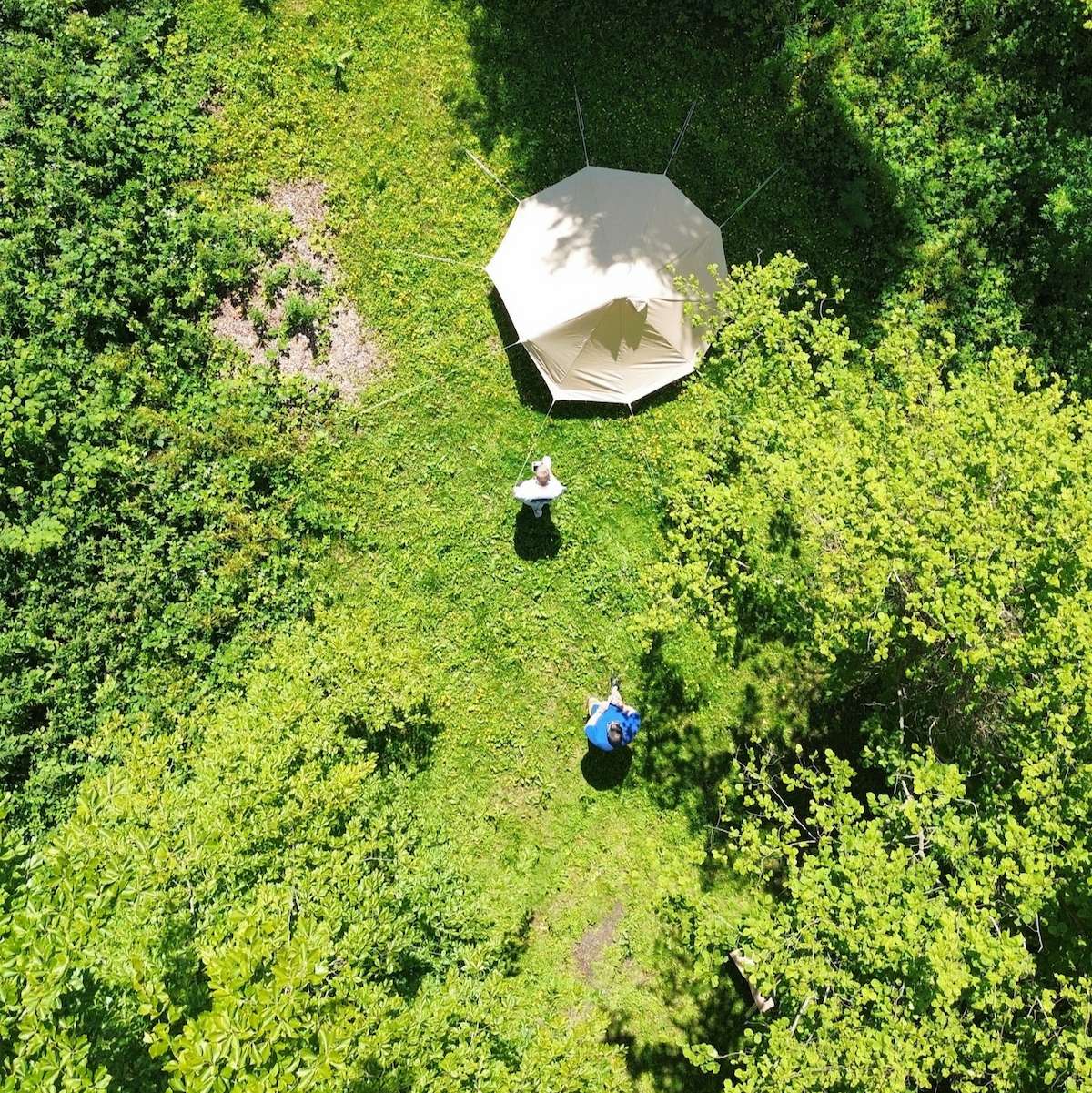
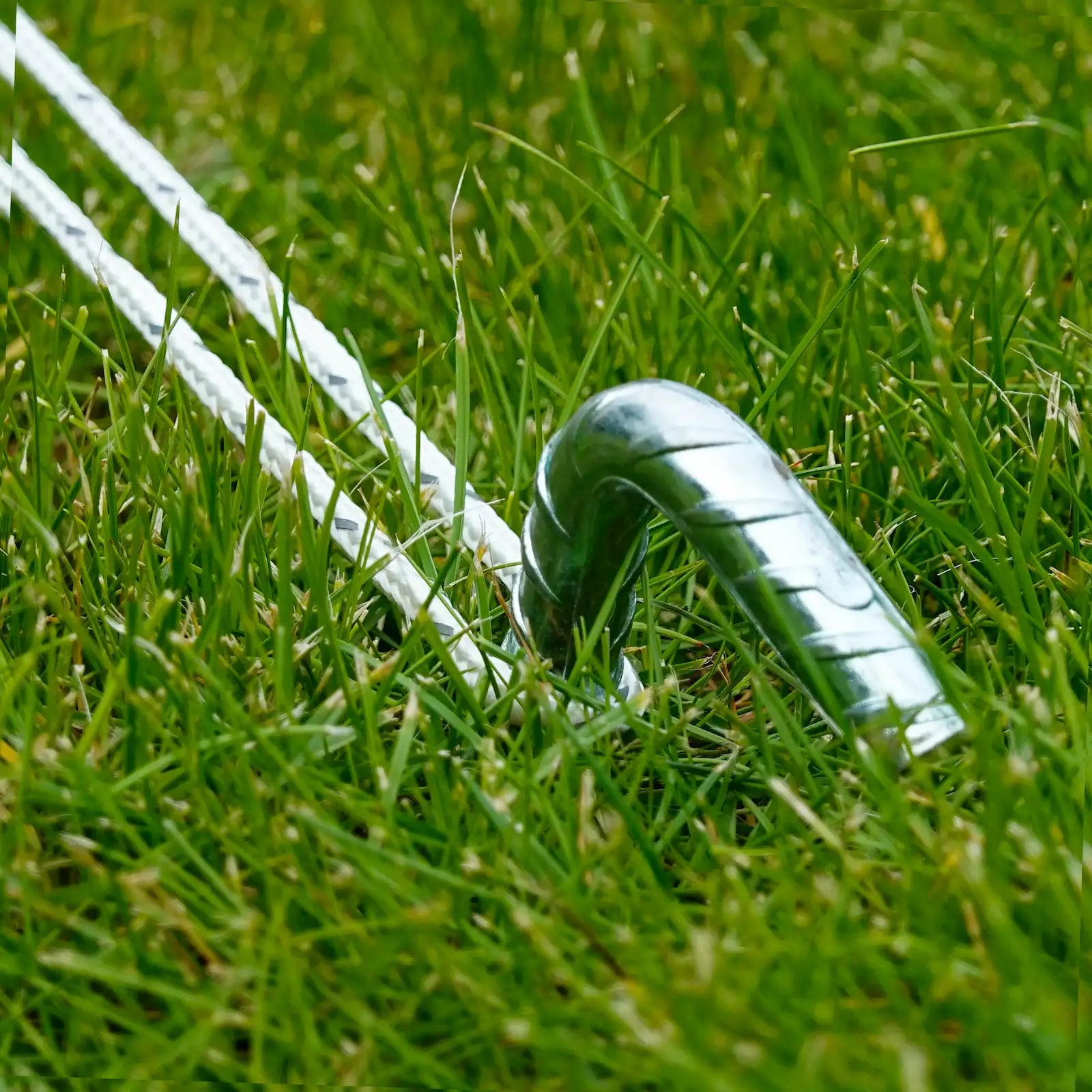
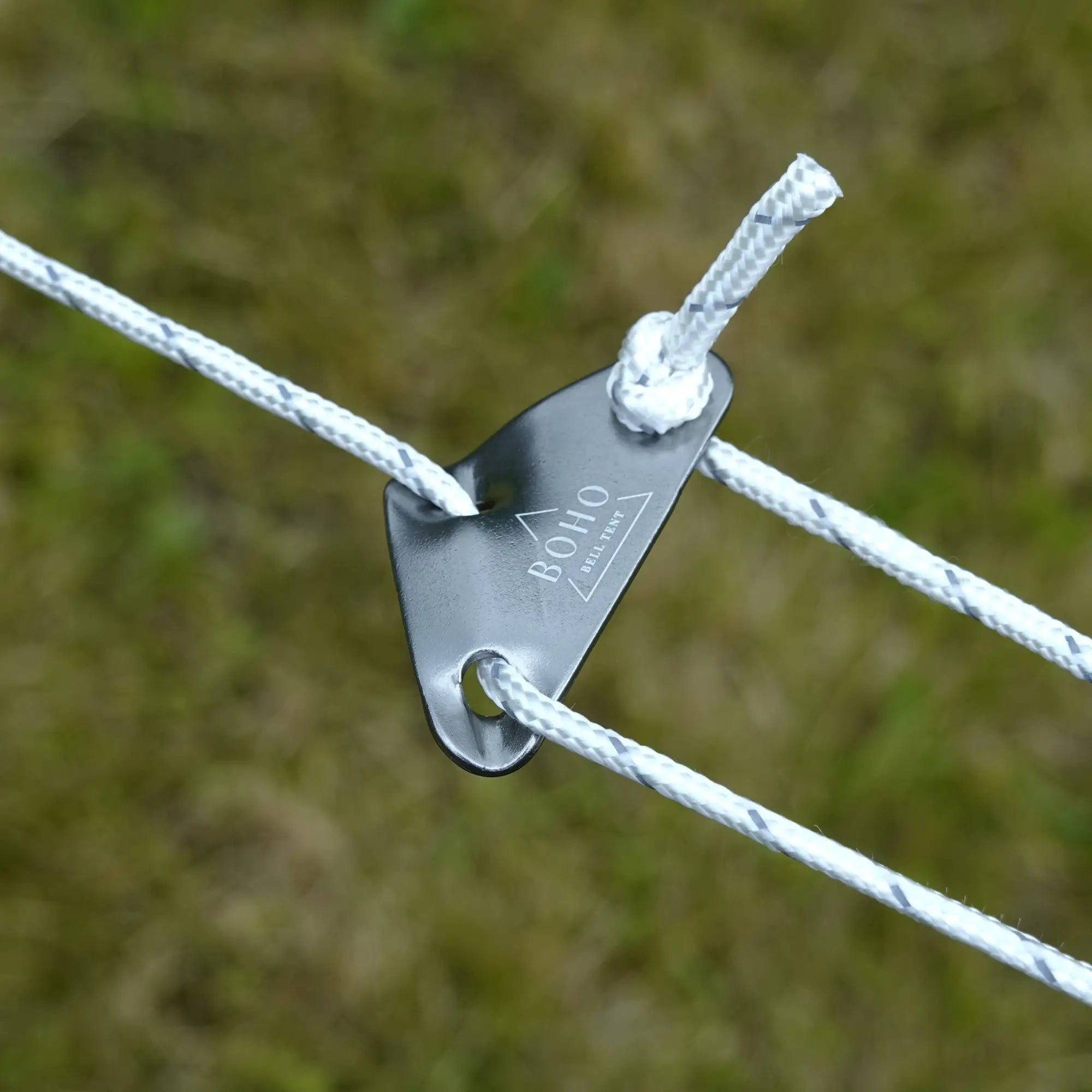
At Boho Bell Tent, we’ve helped hundreds of customers find the perfect setup for festivals, weddings, and off-grid escapes. So if you need any help at all, be sure to reach out!
Share:
Can You Stand Up in a Bell Tent?
How To Waterproof Your Bell Tent (Step by Step)